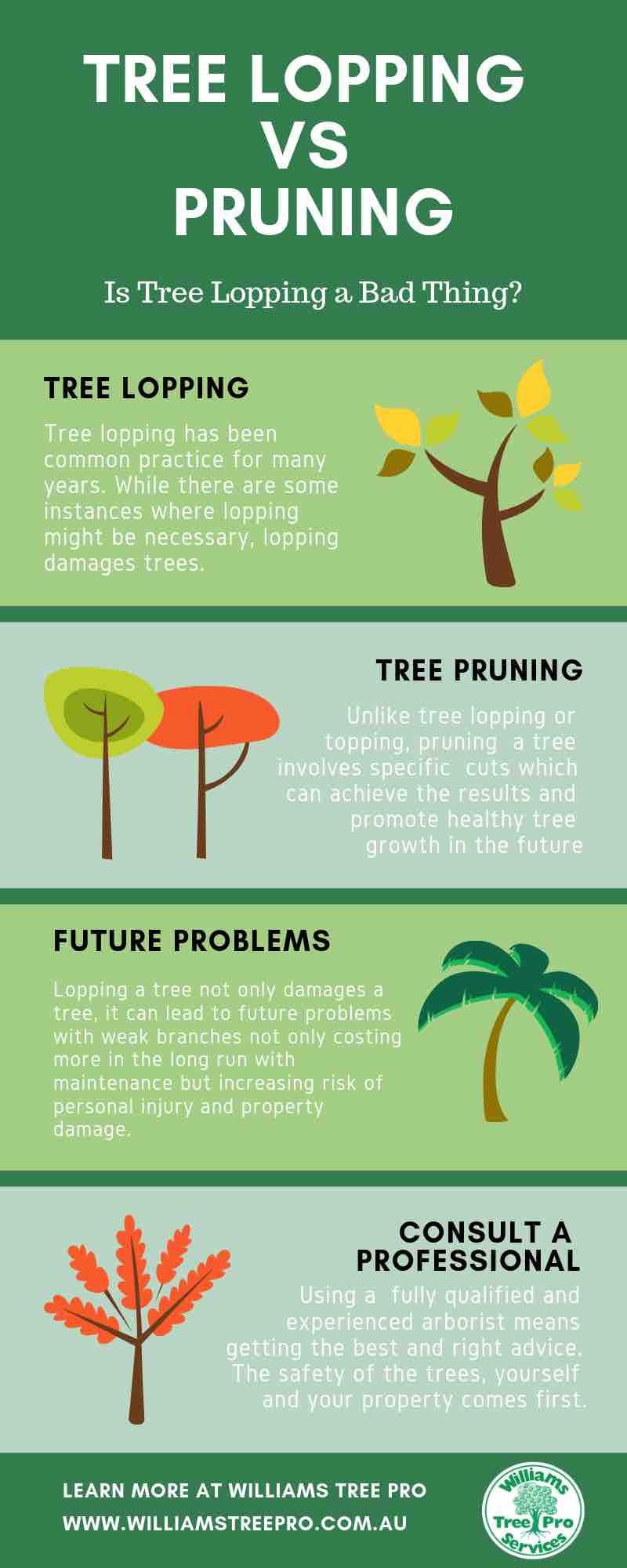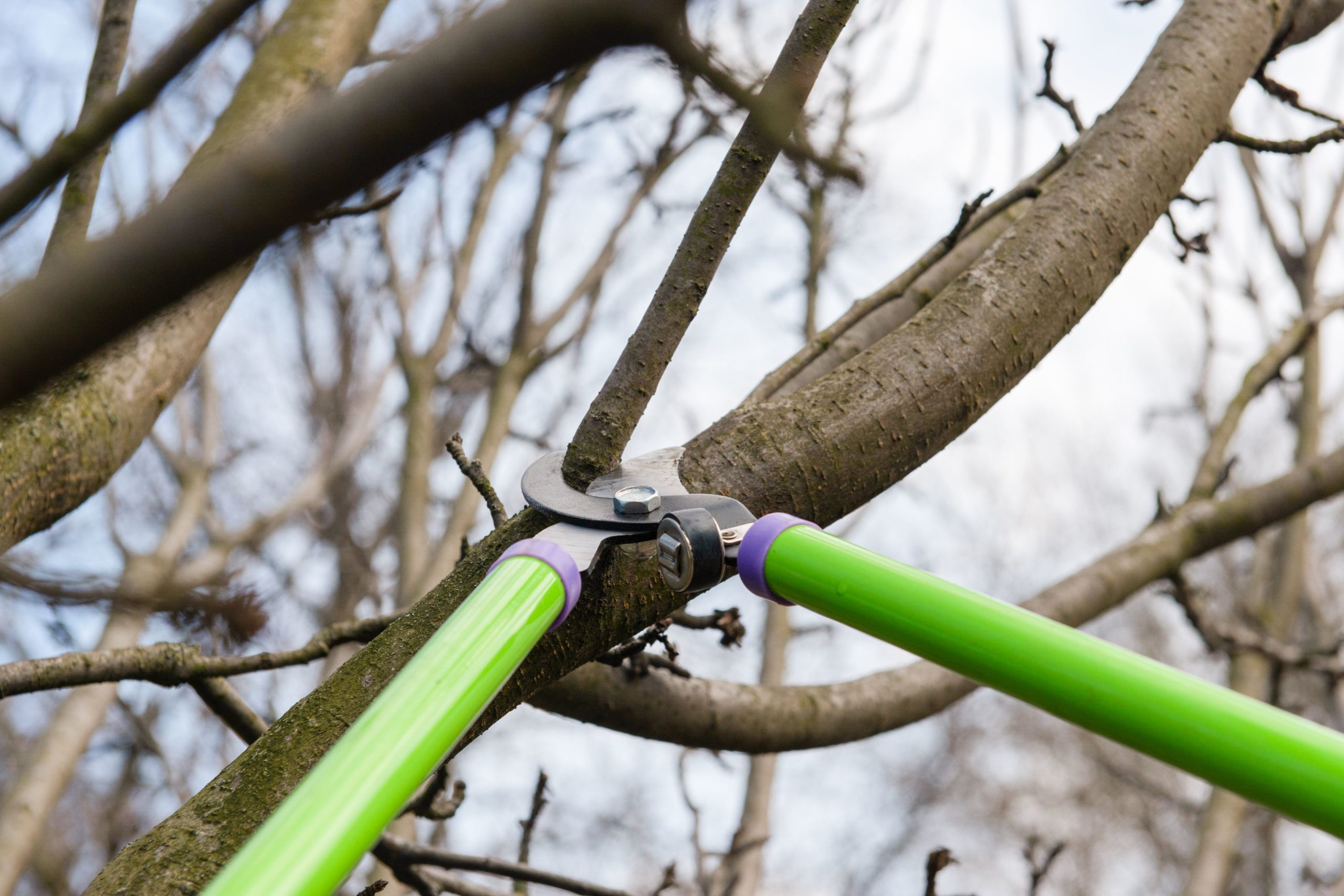Types of Tree Pruning
[ad_1]
Having a tree pruned can save your home from disasters, and there are a number of different types of pruning to choose from. The crown of the tree can be cleaned and raised, or trimmed to thin the branches and reduce the size of the tree. The topping can be removed, and there are also alternative topping options that can be used.
Thinning the crown
During crown thinning, a tree is pruned by removing selected branches. The goal is to maintain the tree’s structure while increasing the amount of light that can penetrate the tree. The procedure is performed for a variety of reasons, but usually involves the removal of secondary or inferior branches.
When done properly, crown thinning can improve the appearance of a tree. It can also make the tree more durable against storms. The process can be a complicated one, and requires the assistance of a qualified arborist.
During the thinning process, all dead and diseased wood should be removed. The material should be removed systematically, but not exceeding the percent specified. The result should be a healthy, well-shaped tree.
The practice of thinning can be applied to both large and small trees. It is a complex process, and is often used for fruit trees.
Crown raising
Whether you need to remove dead or dying branches or regulate the size of your tree, crown raising can be an effective and efficient way to get the job done. This practice can help ensure the health of your tree, while also enhancing the aesthetics of your yard.
A certified arborist should be able to perform this process. It is essential that the cuts are carried out correctly to avoid causing damage to the remaining section of the tree.
The main objective of the crown raising is to raise the tree canopy above ground level to provide better clearance for pedestrians and vehicles. It can also promote new growth during the spring season.
The removal of low hanging branches may also be necessary for a variety of reasons. For example, you may want to clear a path or make signs visible.
Crown reduction
During the tree pruning process, a branch can fail. This can pose a safety hazard to people and property. Crown reduction is an effective way to reduce the number of branches that fail. It also helps maintain the health of large mature trees.
Crown reduction is a form of selective pruning. It involves the removal of limbs that are dead, diseased or haphazardly growing. The main purpose of this procedure is to restore the shape of the tree. It may be performed in spring or winter.
If the tree is protected, it may require a Crown reduction order from the local council. This order can only be issued by a council when there is no other option. Whether the tree is protected or not, it can still be pruned. This type of pruning requires professional expertise.
Crown cleaning
Performing crown cleaning after tree pruning helps to keep your tree healthy. The process involves removing dead, diseased, or crowded branches. It also prevents decay and the spread of disease and insects.
When trees get too big, they tend to look messy and crowded. This is why it is important to prune them, especially when it comes to their crowns. This will make them look neat and attractive.
If you have a large tree, you might have noticed that the top limbs are falling off. These branches can be a safety hazard as they could fall on your home or vehicle. These dead limbs are also a place for pests to thrive.
A lot of homeowners have contradictory ideas on the importance of removing dead branches. While they may be beneficial for some species of trees, it is not always necessary.
Alternatives to topping
Using alternatives to topping when tree pruning can save your property. However, it also requires a skilled hand and usually costs more. You will want to hire a certified arborist for the job. The expense can be significant, especially if you’re on a budget. You’ll want to have a professional list of references before you start.
Many people mistakenly think that they can control the height of their tree by topping it. However, this method destroys the natural shape of the tree. When a tree is topped, the resulting stubs invite disease and decay. It can also increase storm damage.
In addition, removing the leafy crown of the tree exposes the bark tissue to sunscald. This can cause rot and even death. It will also reduce the amount of sugars that the tree can manufacture through photosynthesis, which can lead to decline and disease.
[ad_2]


